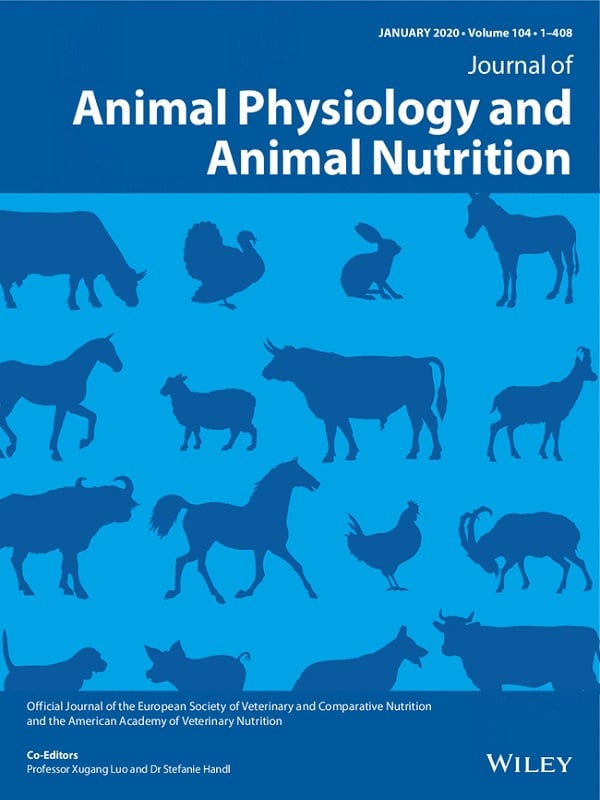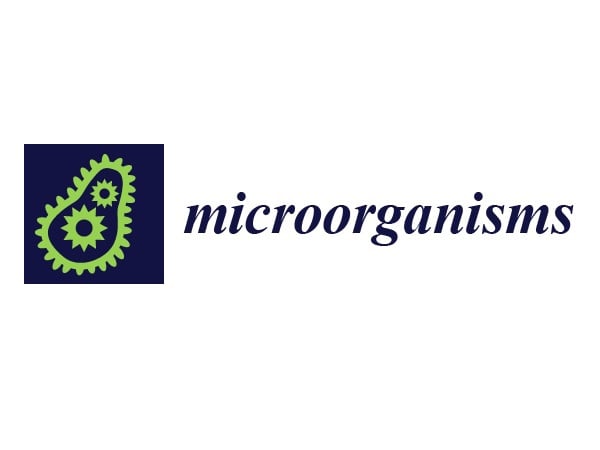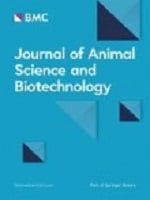
High-tech equipment for close monitoring
The Swine Research facility is equipped with electronic feeding and water stations, to enable us to individually monitor feed and water intake and study intake patterns. This monitoring can reveal interesting insights, such as the fact that no sow is the same when it comes to water consumption; daily water intake can be very different from one sow to another. Feed intake patterns also reveal a lot about the animals’ natural “daily schedule”; like humans, they have a breakfast, lunch and dinner each day.
All of the pens include enrichment materials that enhance animal welfare; for example, the gestating unit is equipped with back scrubbers (originally designed for cattle) because many sows enjoy a good scrubbing session. We also provide hanging skippy balls for them to play with. All rooms contain continuous video and sound surveillance that enables us to closely study animal behaviour or, when a problem is detected, rewind the camera to figure out what occurred.
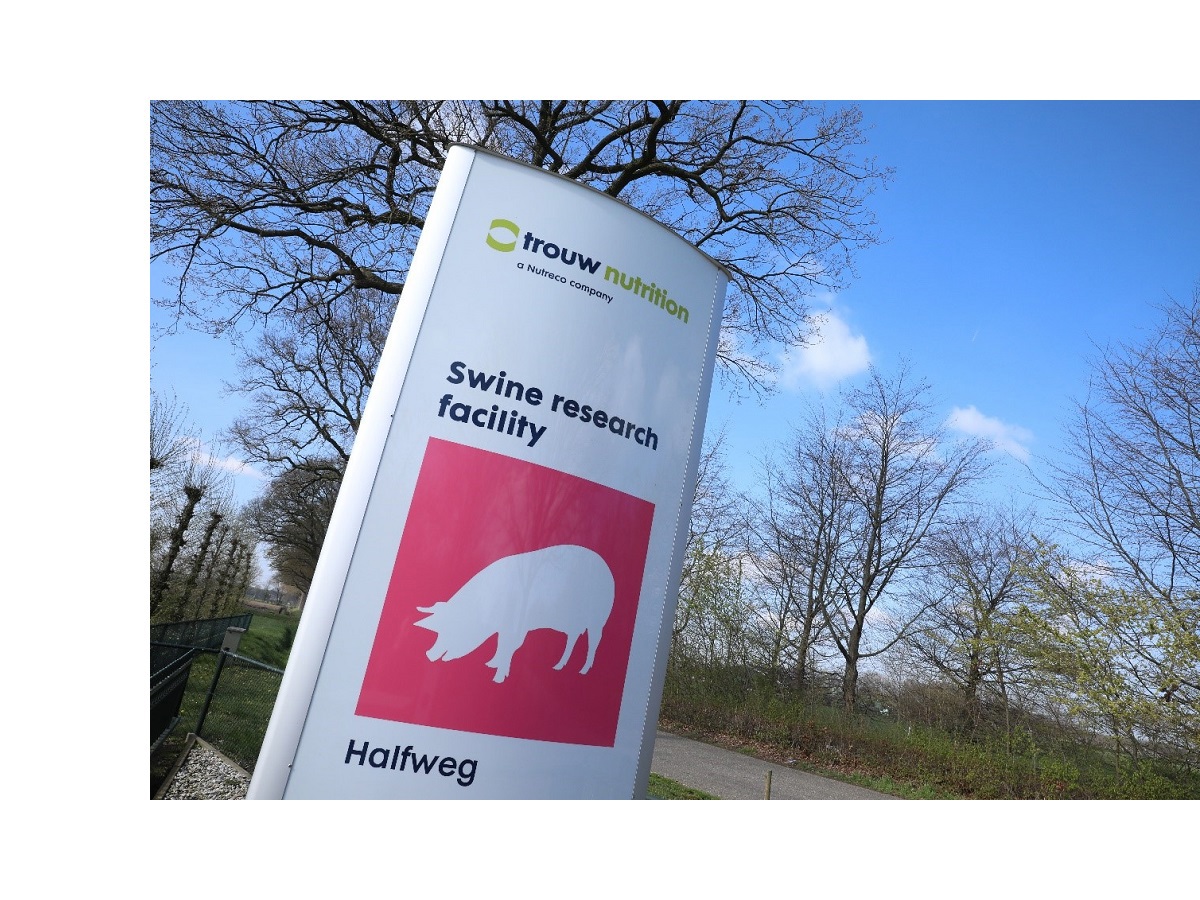
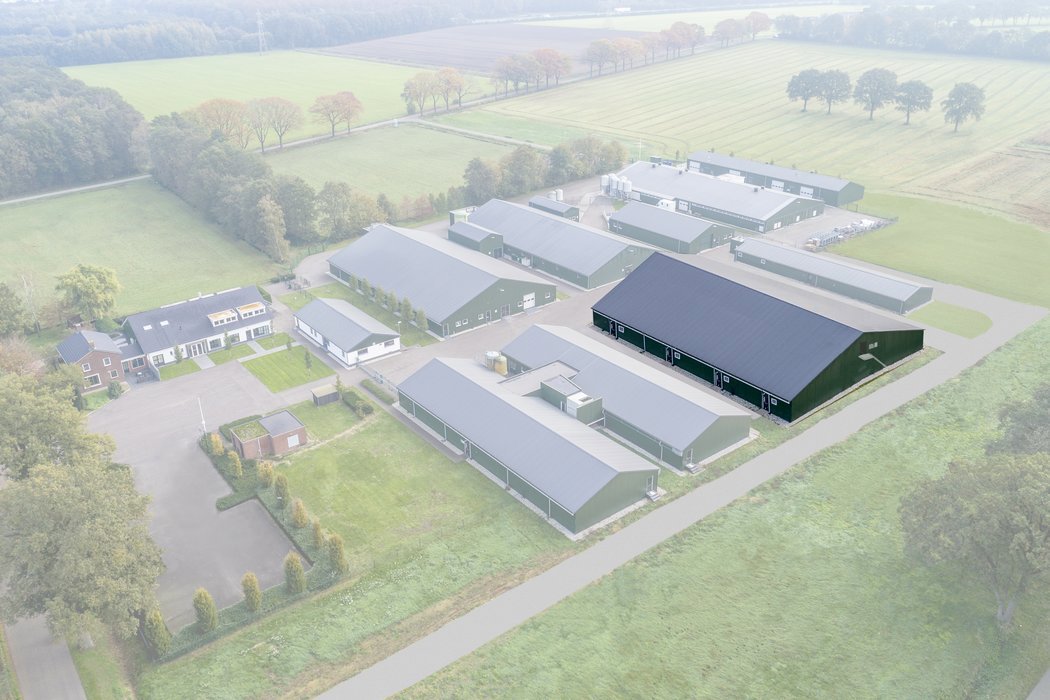
Opening our swine nutrition and health unit virtually
The latest addition to our research facility is our newest swine nutrition and health unit. Constructed in 2020, it consists of four identical rooms that are both health and climate controlled and make individual monitoring of feed and water intake possible. The key feature of the new unit is that it enables us to simulate any condition from around the world. To ensure that the rooms can maintain independent climate zones, each is equipped with its own ventilation system. This also prevents cross-contamination and reduces emissions and odours. In 2021, we kicked off the year with a virtual ribbon-cutting to inaugurate this latest facility! You can read more about this unique online opening here.
Swine research facility in the Netherlands
-
Meeting room
The Professor Leo den Hartog Auditorium, used to host visitors, and hold producer and science meetings, was named after Dr. Leo den Hartog, a long-time researcher and industry leader representing Trouw Nutrition to the global market. This building also has a small temporary residence for hosting visiting scientists and student interns.
-
Gestating sows
Our group-housed sow unit houses our 120 gestating sows. We operate four automated feeding stations to record individual sow feed intake patterns and automated water stations, to monitor any health correlations and help enhance a sow’s lifetime performance.
-
Lactating sows
We have four identical farrowing rooms equipped with 10 farrowing pens for our 40 sows in lactation. Ten of the pens contain automated feeding stations to record individual sow feed intake patterns as well as automated water stations. Sows are kept here until weaning, at which time they are returned to our free housing gestation unit after servicing.
-
Finishing pigs
Our finishing pig research facility has 48 experimental pens than can accommodate 8-10 pigs each. Pens are equipped with automated feeding stations to monitor individual pig feed intakes in group-housed pens. We can monitor growth to market weights to evaluate carcass yields at a commercial facility to drive value in the grower/finisher phase by improving sustainable production efficiency, animal welfare and meat quality.
-
Nutrition & health unit
Four identical climate- and health-controlled rooms with 40 pens each, give us increased flexibility in designing studies with the ability to replicate environmental conditions around the globe to evaluate novel nutritional solutions aimed at improving animal health through nutrition.
-
Office & Biosecurity
The main office is where our staff coordinates the daily operations of the SRC. In addition, this is the first biosecurity area where all staff and visitors are required to shower in/out of the facility, including fully changing clothes, in order to maintain the health and safety of both our workers and animals.
-
Nursery
The nursery pig facility has over 200 pens that can house small groups of piglets, in addition to a number of pens with automated stations to monitor individual piglet feed intake patterns. We use continuous video and sound measurements to keep track of individual pig behaviour.


